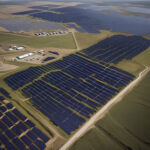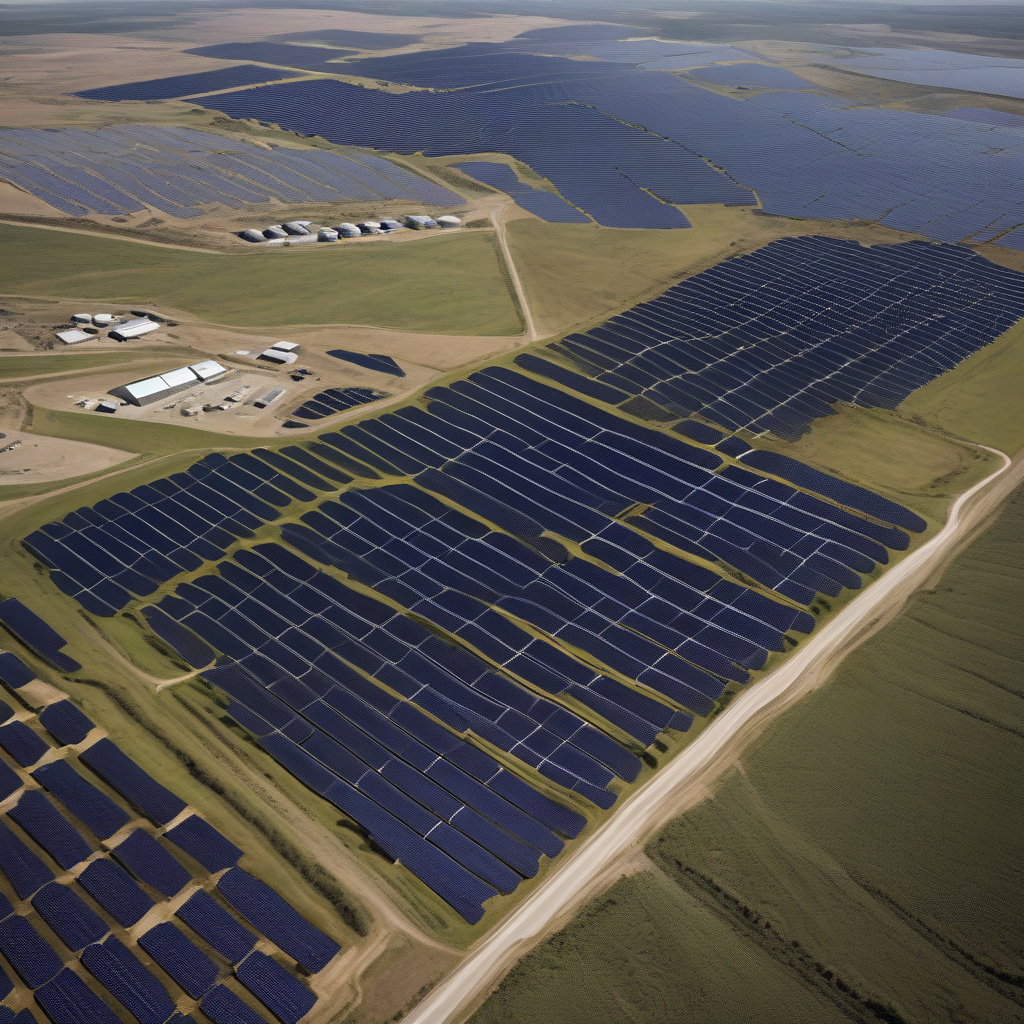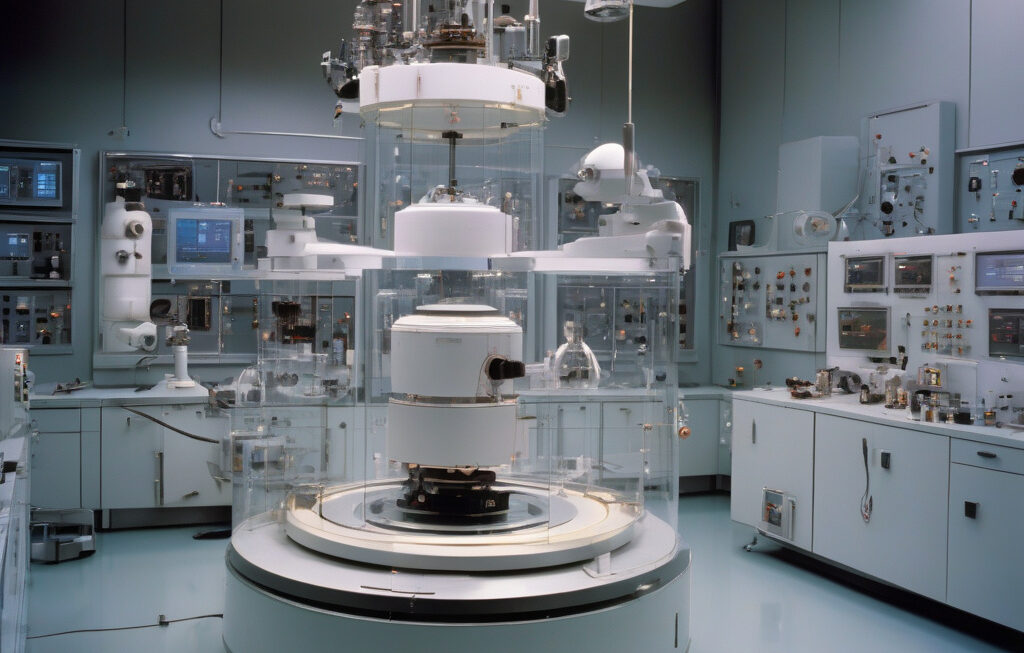Former US Landfill Turned Into 213-Acre Solar Farm to Deliver 7 MW of Clean Power
Turning waste into watts, Baltimore County, Maryland, in the US, has unveiled a large-scale ground-mounted solar farm project that aims to revolutionize the way we view landfills and renewable energy. This innovative initiative involves repurposing a former landfill site, spanning an impressive 213 acres, into a cutting-edge solar farm capable of delivering 7 megawatts (MW) of clean electricity to the local grid.
The concept of transforming a landfill into a solar farm is a prime example of the potential for sustainable development and environmental stewardship. Landfills are traditionally seen as blights on the landscape, emitting greenhouse gases and leaching toxins into the soil. By repurposing these sites for renewable energy generation, communities can mitigate the negative impacts of landfills while also harnessing clean power to meet their electricity needs.
The Baltimore County solar farm project is a significant step towards achieving renewable energy goals and reducing carbon emissions. With a capacity to generate 7 MW of clean power, the solar farm will contribute to the local grid’s energy mix, displacing fossil fuel-based electricity and helping to decarbonize the region’s power supply. This transition to clean energy is essential in the fight against climate change and the move towards a more sustainable future.
Moreover, the conversion of a landfill into a solar farm brings economic benefits to the community. By utilizing otherwise unused land for energy generation, Baltimore County is creating jobs, attracting investment, and stimulating economic growth in the renewable energy sector. Additionally, the revenue generated from selling clean power to the grid can offset the costs of landfill remediation and maintenance, turning a former liability into a valuable asset.
The environmental advantages of repurposing landfills for solar energy production are numerous. In addition to reducing greenhouse gas emissions and promoting clean air quality, solar farms help conserve natural resources by offsetting the need for energy derived from fossil fuels. Furthermore, by installing solar panels on landfill sites, communities can prevent further land degradation and preserve green spaces for future generations.
The Baltimore County solar farm project serves as a model for sustainable innovation and responsible land use. By thinking creatively about how to repurpose existing infrastructure for renewable energy generation, communities can address environmental challenges, promote economic development, and advance towards a greener, more sustainable future. As the world continues to prioritize clean energy solutions, initiatives like the former landfill turned solar farm in Baltimore County showcase the power of imagination and ingenuity in driving positive change.
In conclusion, the transformation of a former US landfill into a 213-acre solar farm delivering 7 MW of clean power represents a significant milestone in the transition towards a more sustainable energy landscape. By harnessing the potential of renewable energy and repurposing underutilized land, communities can achieve environmental, economic, and social benefits that pave the way for a cleaner, greener future.
solar energy, landfill repurposing, renewable power, sustainable development, clean energy initiatives












